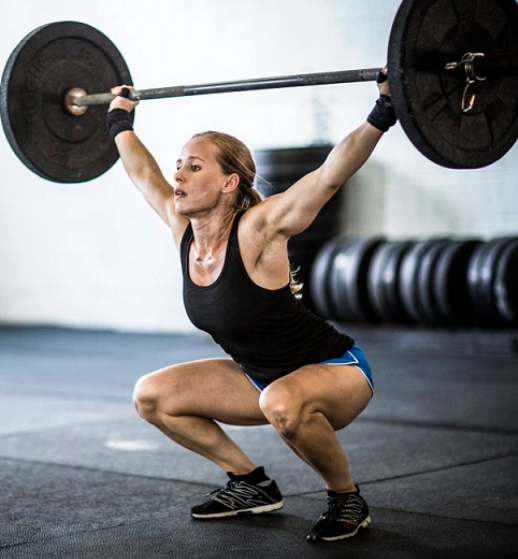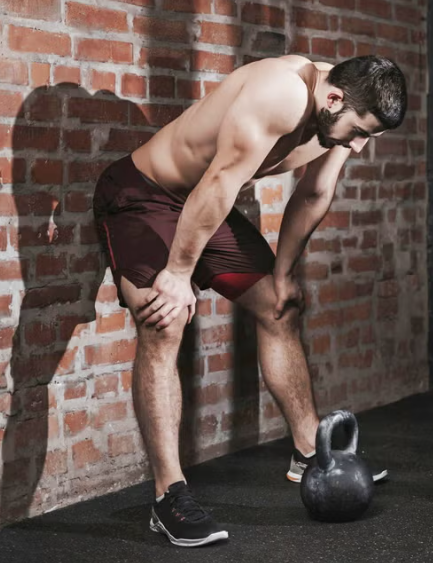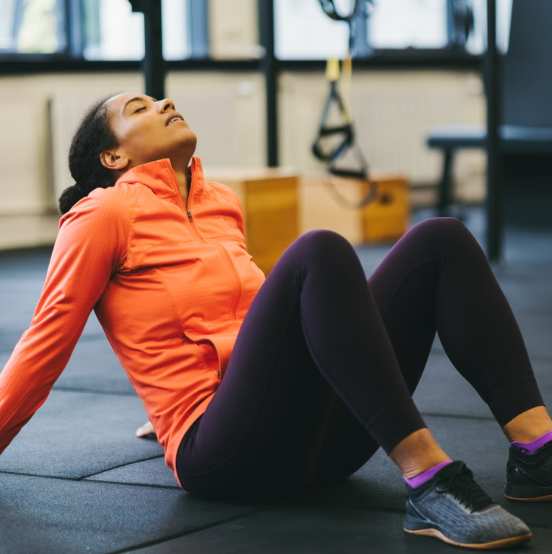
How to Build a Yearly Strength Plan for Success
In today’s world, where instant gratification reigns, it’s easy to get impatient when trying to improve your strength. Everyone wants to hit personal records quickly, but if you want to reach your peak performance in strength sports, just like any other sport, the key is to plan ahead and time your progress properly.
Similar to field sports, where teams aim to peak right before crucial playoff games, strength athletes need to plan their training cycles carefully. Just like the NFL where December games are more important than those in September, your training should be focused on the most important competitions at the right times.
As a coach, I always start by discussing my athletes’ long-term goals. Some may want to compete just a few times a year and improve their totals, while others aim to achieve elite totals or compete at the national level. Once their goals are clear, we work backward from the competition schedule.
Planning for Competition and Peaking
For instance, I have athletes who’ve already qualified for national championships scheduled for October. This is the competition we want to peak for, so everything leading up to it is built around that goal. These athletes have already competed in earlier meets, one in January and another in February, both of which were less critical.
The focus during the early part of the training cycle is on improving technique. We address weak positions and muscle groups by incorporating variations of competition lifts and accessory exercises during the off-season. The off-season is crucial, as frequent competitions can limit the amount of time available for addressing these weaknesses.
This period, known as the prep cycle, consists of about 60% competition lift variations, 20% competition lifts, and 20% general physical preparedness (GPP). As we approach the competition, the focus shifts: 2-3 months before the meet, we reduce the variation exercises and concentrate more on the competition lifts themselves. At the same time, GPP work decreases but remains essential to maintain muscle mass as intensity increases.
The Importance of Not Peaking Too Soon
If we focused on peaking for every competition, we’d lose precious time for addressing weaknesses. Peaking too often can lead to program staleness, which hampers progress in technique and increases the risk of overuse injuries. For the January and February meets, we used very short peaking cycles, just enough to maintain some competitive performance, but not enough to produce peak results. These meets were more about gaining experience rather than aiming for personal bests. This approach can be challenging in today’s culture of social media where everyone wants to show off their progress. However, it’s important to remember that the goal of these meets wasn’t to showcase our best lifts but to build experience.
Strategic Peaking for Key Competitions
The next competition for these athletes is in June, where we’ll have a longer peaking cycle. This will help us assess their progress and identify remaining weaknesses. The goal for this meet is to establish new training maxes and gauge where they stand. After June, there will be 19 weeks to fully peak for the national championships in October. This extended period allows us to target weaknesses, fine-tune technique, and implement a full peaking cycle leading up to the big event. By taking this approach, we ensure that we’re peaking at the right time and hitting our maximum potential.
If we had peaked for every competition, we would have spent most of the year focusing on short-term gains, leaving little time to address the fundamental weaknesses that impact long-term performance. The goal is to balance preparation, addressing weaknesses, and achieving peak performance at key competitions.
Post-Competition Recovery and Continued Growth
After the national championships, we’ll have another prep cycle to address any lingering weaknesses and continue building strength. Taking a break from constant competition lifts allows athletes to focus on long-term development without the strain of constant peaking cycles.
By constantly evaluating the bigger picture and staying focused on the most important competitions, athletes can ensure they’re preparing to perform at their best when it matters most. While it’s natural to want to see results immediately, understanding the need for sacrifices and long-term planning will help ensure that peak performance is achieved at the right time.
In the end, the journey is just as important as the destination. Embrace the process and enjoy the ride toward reaching your full potential.




